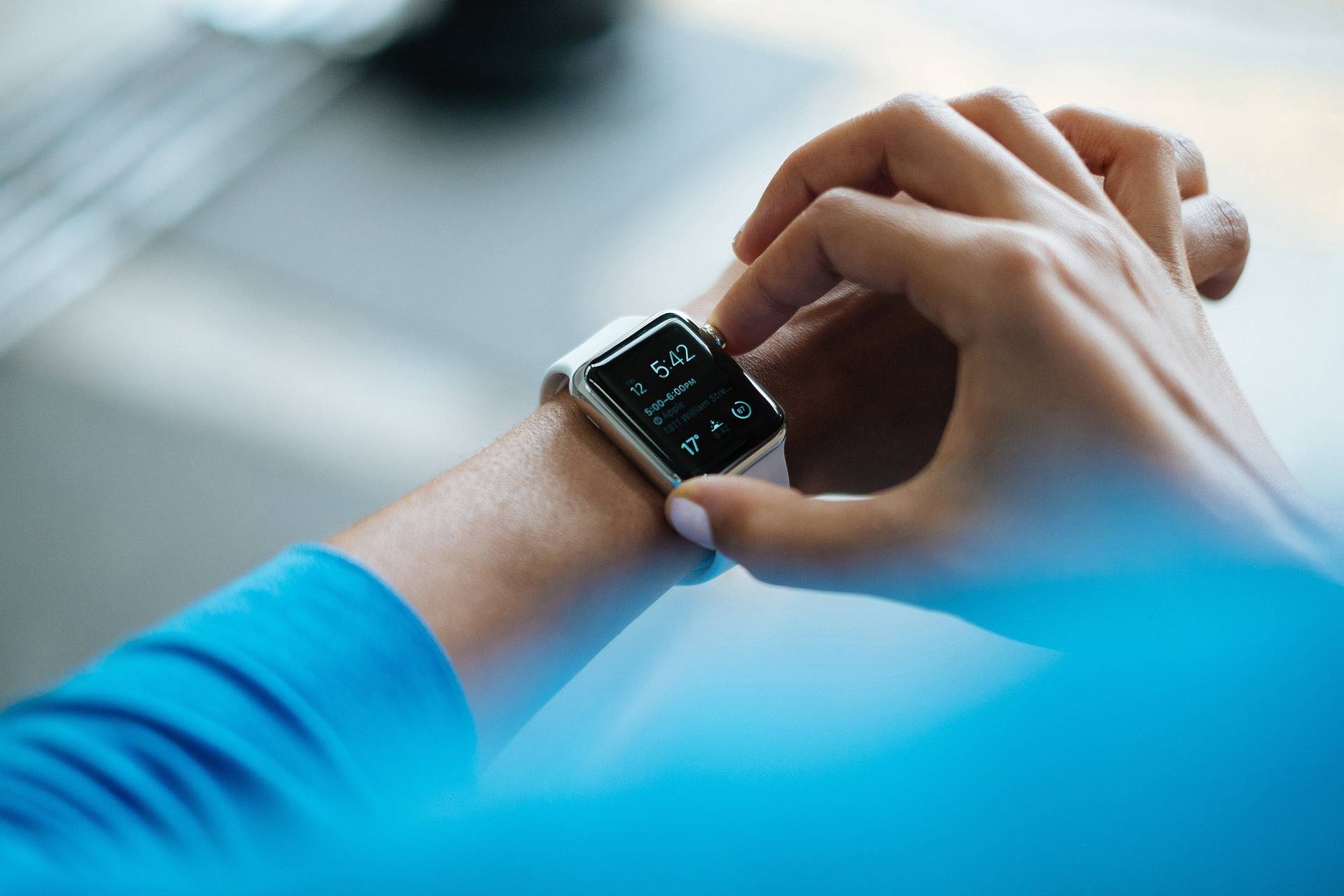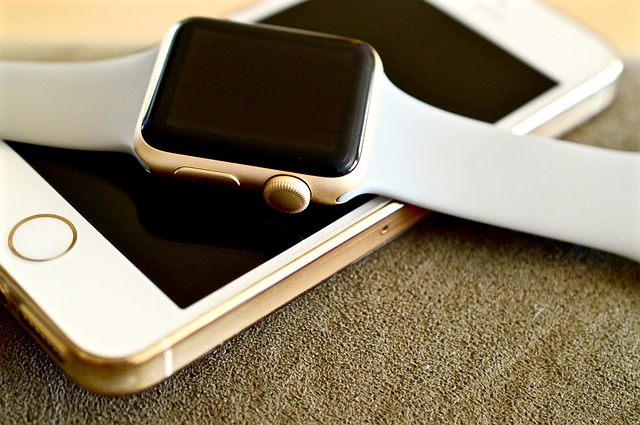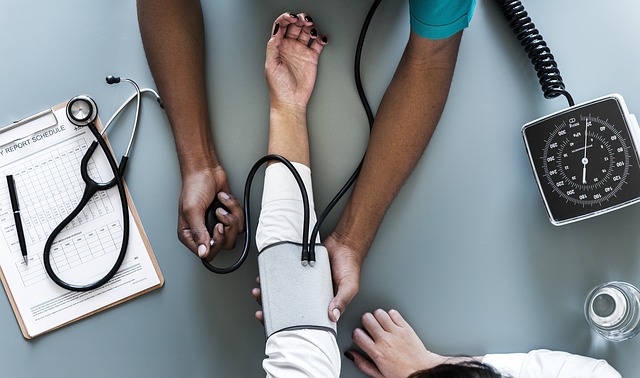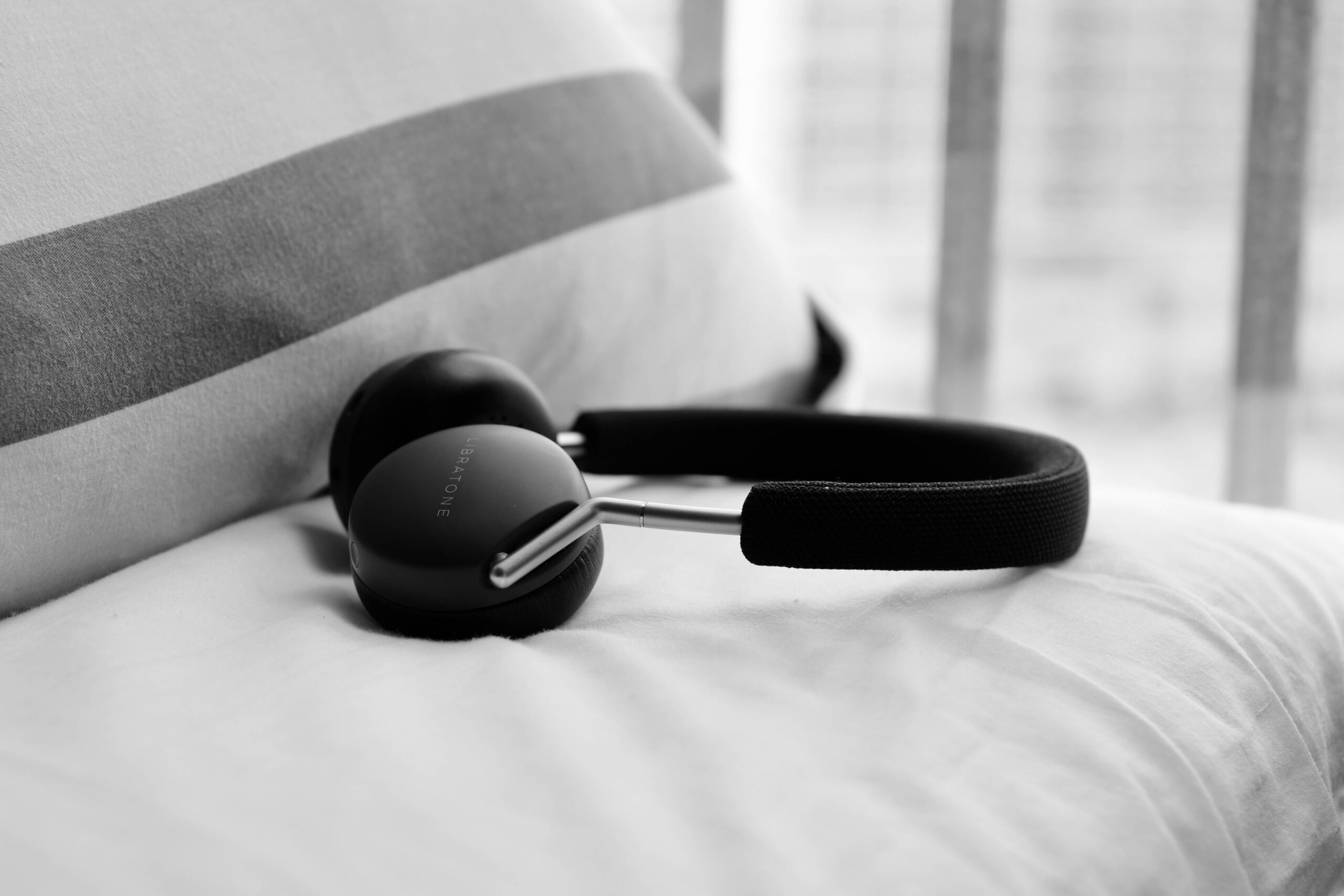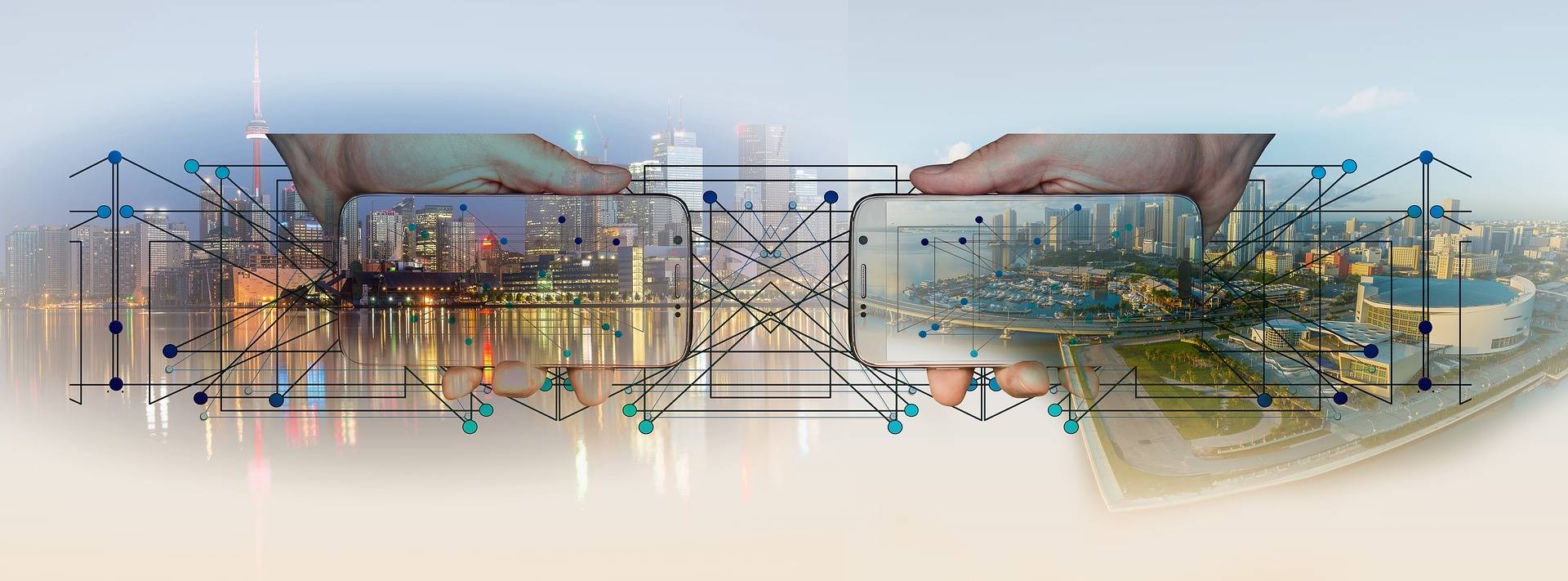Will Wearable Technologies Revolutionize Healthcare?
Typically when people think of wearables, the Fitbit is probably one of the first products that comes to mind. It is one of the most commonly-used wearables in the country and it really kicked off a consumer adoption of wearables, particularly the type that offers constant monitoring.
Monitoring is done with sensors. As technology progresses, those sensors have become smaller and more powerful in terms of what they can sense or detect. This opens up a giant opportunity within the medical device industry to tap into those sensors, package them in a way that is consumer-friendly, extract the data they collect and then interpret it for the betterment of people’s lives.
Around thirty-three percent of consumers have some kind of wearable tracking device, which makes sense given the environment of connectivity these days. As that number grows, we foresee that people will become more used to this idea of constant monitoring technology and the use cases will grow too. For the most part, this growth seems to be driven by these cheaper, smaller, more powerful sensors. This makes the technology more accessible to more people. Once you couple this with the growth in connectivity, the obvious place to go is to offer more connected wearables.
Positive applications for healthcare
In terms of healthcare, these sorts of wearables are becoming in-vogue, particularly because patients need monitoring, but it is expensive to keep them in a hospital or to have them reporting for diagnostic appointments on a regular basis. This is one reason that “virtual medicine” is very appealing, not just to doctors and patients, but to insurance companies too. There are several parties who have a vested interest in keeping costs low.
Early detection is another key factor in successful and cost-effective treatment. A lot of the time, people are very slow to get to their doctor. Perhaps they’re worried about what they’re going to hear and they put off the potential for bad news.
A wearable can help to track any known conditions and passively collect data. It can provide alerts to physician and patient if there are changes they should be worried about or focusing on. This means that symptoms can be managed proactively and out in the open, rather than people stewing about them until they get to a doctor.
Things to consider when designing a wearable
First of all, you need to consider the condition or ailment for which people will wear the device. Will it limit their mobility or ability to use the device in any way?
You also need to consider batteries and battery life. How long is the battery life of the device? If a battery needs swapping out, how easy is that process for the user?
Thirdly, consider the length of the intended use of the device. Is it something the user will have for years, or is it intended to be more disposable? What about when the device is used on how it is worn? This has a bearing on the ruggedness of the device and how necessary it is to source hardier materials, or the level of softness and flexibility required of the materials. A device worn at night should be as soft an unobtrusive as possible, for example.
The type of connectivity of the device is also an important consideration. For example, whether it is intended to connect with WiFi, via an app on a smartphone or, by connecting the device directly to a computer.
Examples
Consider the example of a wearable patch, designed to monitor the temperature in someone who is unwell. A child might wear the patch under their arm and have it kept there for a period of time in order to gather a significant amount of data. Their parent or physician doesn’t need to see all of that data at once, but it is a good idea if there is some kind of alert that can be set should the temperature break certain thresholds.
The patch also needs to be made of a flexible material, something that is soft and doesn’t bother the child, so that hopefully they leave the patch in place. Something like the FeverScout is designed in this way.
Another example is the partnership between Stanford and Apple to produce an EKG function on the latest version of the Apple Watch. The technology has already been proven to have helped with early detection of medical conditions (such as for a man who was experiencing AFib), allowing for prompt, life-saving treatment. With breakthrough technology such as this making headlines, we suspect that we’ll only see more examples of wearables over the next few years.
The cuffless blood pressure monitor is another great example. Rather than the patient having to remember to use a cuff at home, they wear a patch that constantly monitors blood pressure. It’s unobtrusive and automatic.
As technology improves, sensors and devices get smaller and more powerful. They integrate better into the workflow of clinical practices and the daily lives of patients. A higher degree of interoperability also presents more opportunities for wearables in a monitoring capacity.
Issues to improve
Wearable technology is revolutionizing healthcare currently, but it’s not without its issues. For example, if someone has multiple conditions or symptoms to monitor, they are unlikely to want to wear multiple wristwatches. There need to be ways discovered to aggregate more sensors together, into one package.
This might lead to more partnerships of companies – for example leveraging one form-factor or device type that can be maintained for multiple use cases.
Another issue is getting people used to wearing the device so that data is effectively gathered. For example, a lot of people start out well with a Fitbit, then take it off for charging and forget about it. The challenge is in getting people to recognize the importance of wearing a device and to somehow encourage them to keep wearing it as a matter of course.
People need to be able to easily integrate wearing the device into their regular daily lives. An example like the cuffless blood pressure monitor is a good one because it doesn’t interrupt what people are otherwise doing. The challenge is to have this idea of usability across more wearables.
Another challenge for makers of wearable medical devices is going through the approval process with the FDA, ISO and any other markets you want to get into. A wearable device needs to be proven to have a high degree of fidelity and accuracy in the data, especially as it can be used for diagnostic purposes.
Any device that might be easily interfered with will raise questions for regulatory authorities, so how do you ensure data is robust? Off-the-shelf type devices like step counters don’t have the same rigor applied as wearable medical devices, which have a higher cost and time burden during the design phase. This can be a challenge, especially for startups with limited funding navigating a new landscape. There is good help available out there though, in the form of experienced consultants – perhaps they will be even more in-demand with the growth in wearables.
Final thoughts
Wearable technologies are already a common site, and with the trend in connectivity, they’re only set to grow in popularity. We’re seeing them used in the monitoring of patients off-site, for less obtrusive readings such as blood pressure, and for early detection of potentially life-threatening complications.
Sensors on wearables are becoming smaller and more powerful, lending themselves to further possible healthcare applications. This isn’t without challenges – developers need to work their way through design and usability issues, as well as the regulatory environment.
Overall though, wearable technologies are revolutionizing how healthcare is delivered. We expect to see this growth continue into the future.


